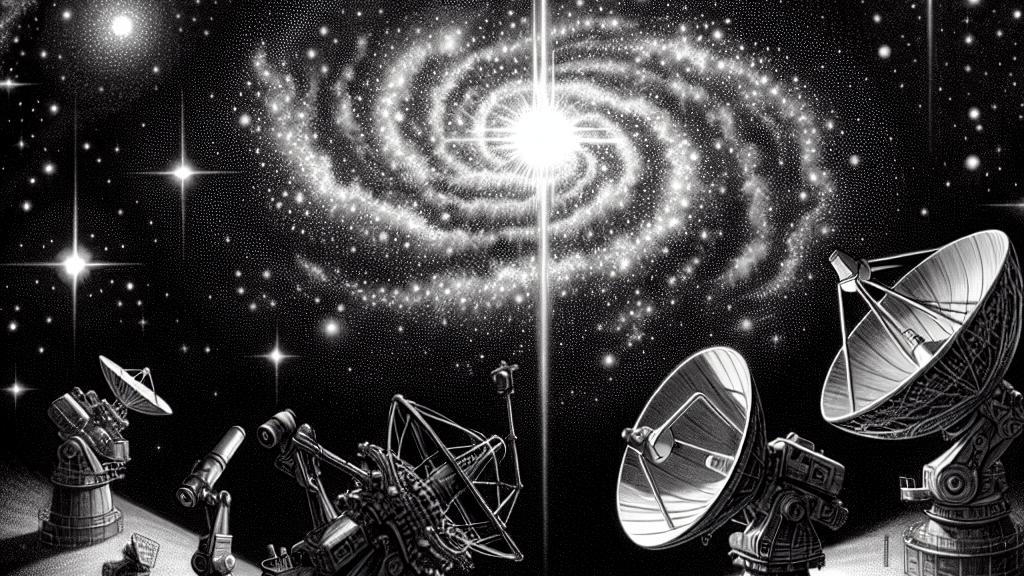Discovering the Mystery of Gaia 19cwm: A Unique Dwarf Nova
Overview
- Gaia 19cwm, an exceptional WZ Sge type dwarf nova, offers a fascinating glimpse into stellar behavior.
- This star is renowned for its stunning periodic superoutbursts, shedding light on the intricate world of cataclysmic variables.
- With insights gathered from advanced telescopes, we've deepened our understanding of extraordinary binary star systems.

Introduction to Gaia 19cwm
Imagine gazing up at the stars and discovering one that behaves like a cosmic light switch! Located around 773 light-years away in the enchanting constellation of Lyra, Gaia 19cwm is not just any star; it's a dazzling dwarf nova of the WZ Sge type. This amazing find was made by Russian astronomers at the Special Astrophysical Observatory (SAO) who utilized sophisticated telescopes to explore its intricate dance with a companion star. Together, they create a stunning show of brightness and dimming that captures the attention of stargazers and scientists alike. This optical transient was first identified by ESA's Gaia satellite, adding another layer of mystery to this captivating stellar pair.
The Mechanism Behind Dwarf Novae
So, how does this star transition from dim to dazzling? The secret lies in a white dwarf, gravitationally pulling in material from its partner, much like how a sponge absorbs water! This mesmerizing process, while beautiful, can also be chaotic. The mass transfer sometimes encounters instabilities, leading to flair-ups known as dwarf nova outbursts. In Gaia 19cwm’s case, scientists recorded an incredible superoutburst where the star shone approximately 6 magnitudes brighter for about two weeks—a real cosmic fireworks show! Such events are not merely fascinating; they characterize the WZ Sge type, making Gaia 19cwm a star of significant interest within the rich tapestry of cataclysmic variables.
Understanding Its Unique Behavior
Digging deeper, researchers discovered a remarkable aspect: Gaia 19cwm exhibits a stable light curve with variability measured at about 6.45 minutes! This exceptional periodicity hints at the rotation of its magnetic white dwarf, adding an exciting twist to its story. Such regularity in behavior provides astronomers with vital clues about WZ Sge-type stars and their dynamics. These captivating stars don't just illuminate the night sky; they also serve as important players in understanding how binary systems evolve. By studying Gaia 19cwm, we peer into a celestial drama, marked by gravitational interactions and energetic exchanges that reveal the universe's wonders.
The Significance of the Findings
The implications of Gaia 19cwm’s findings resonate far beyond just one star—this research opens doors to a treasure trove of information about dwarf novae. With every observation, astronomers step closer to predicting similar outbursts in other star systems, enhancing our cosmic knowledge. For students venturing into astronomy, Gaia 19cwm represents more than a learning topic; it embodies the quest for understanding the universe's secrets. This stellar journey illustrates the concepts of gravity, mass, and energy as they clash and collaborate in the grand cosmic theater. It's a captivating narrative that stirs curiosity and inspires the next generation of explorers to continue searching for answers among the stars!

Loading...